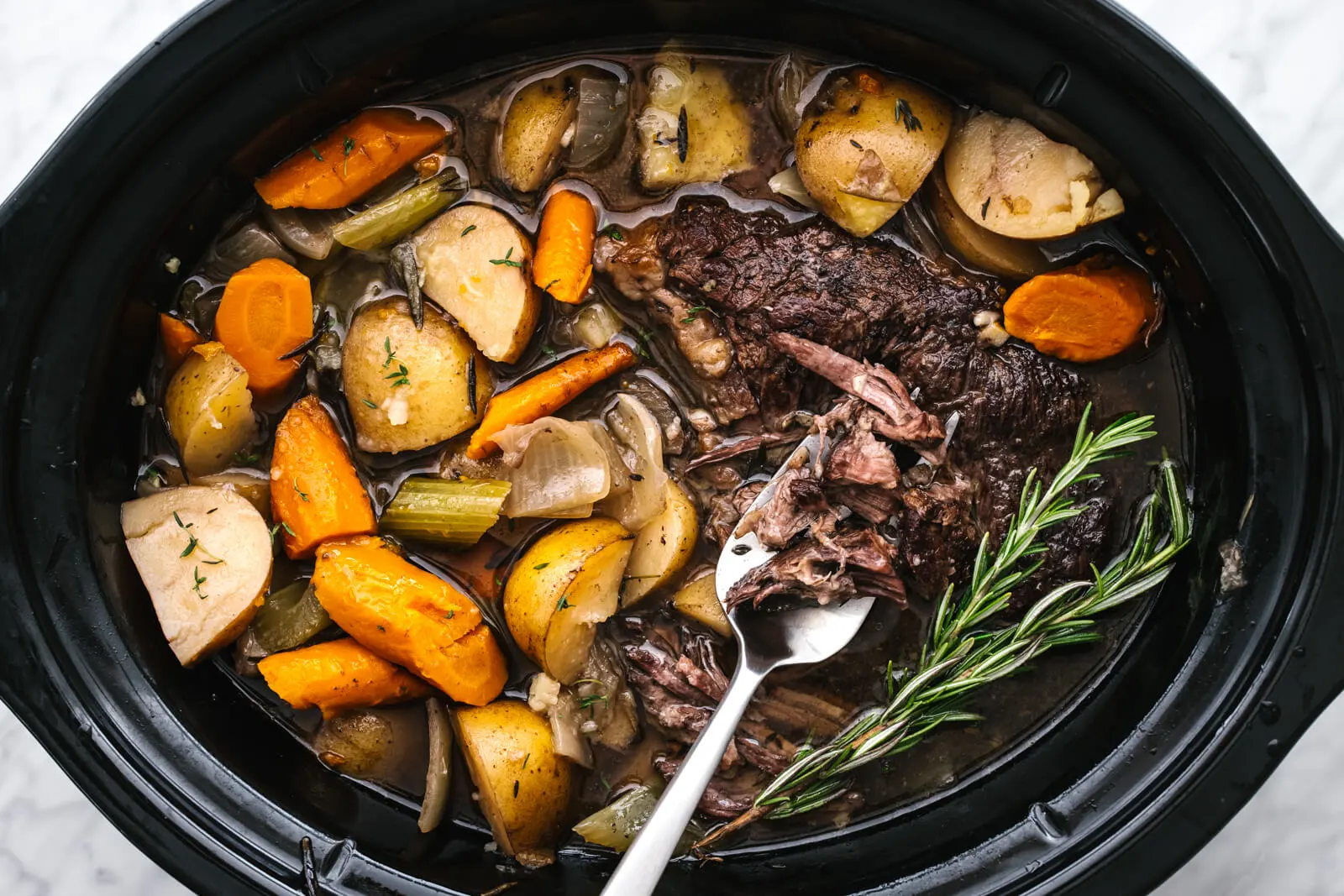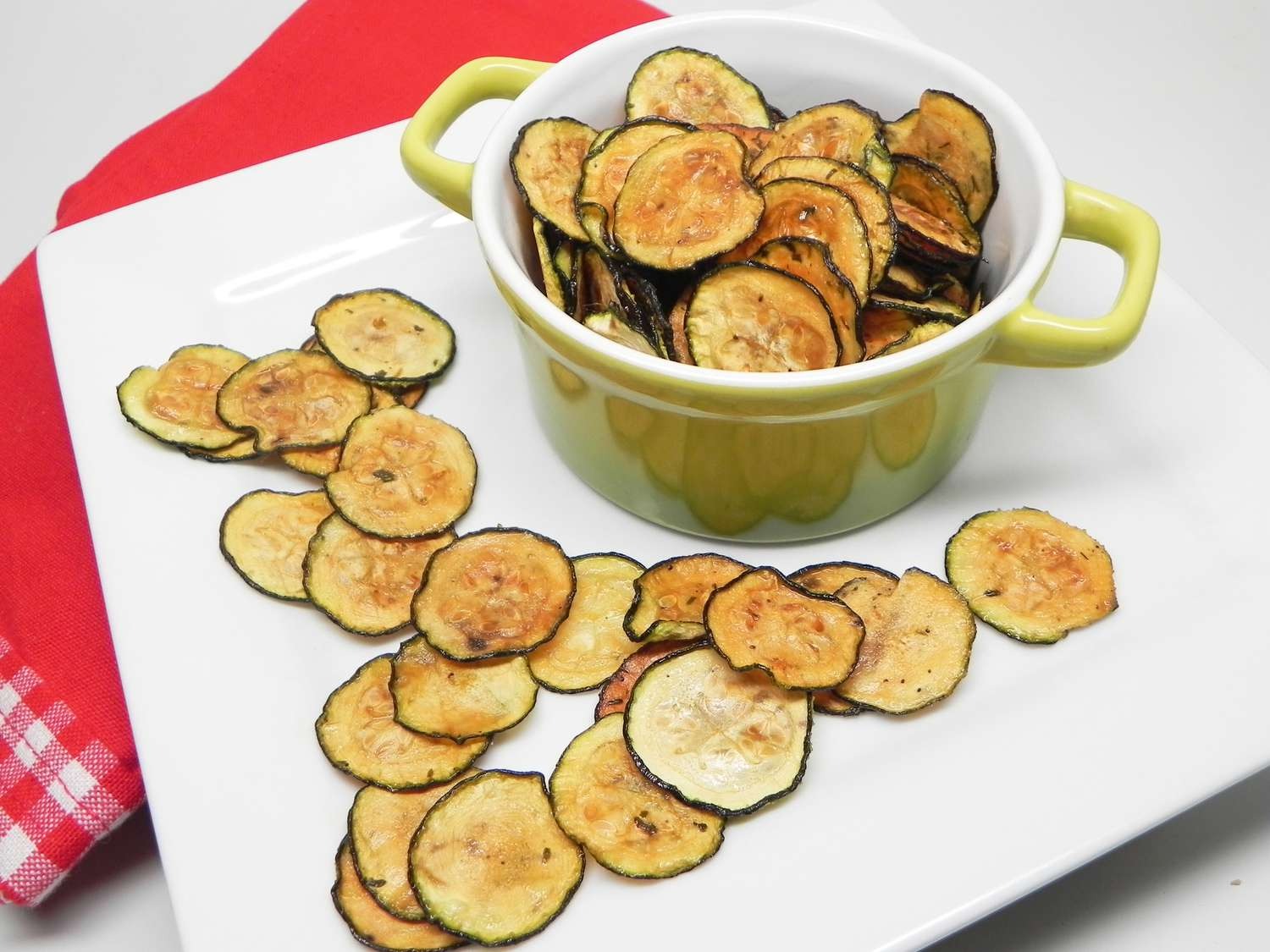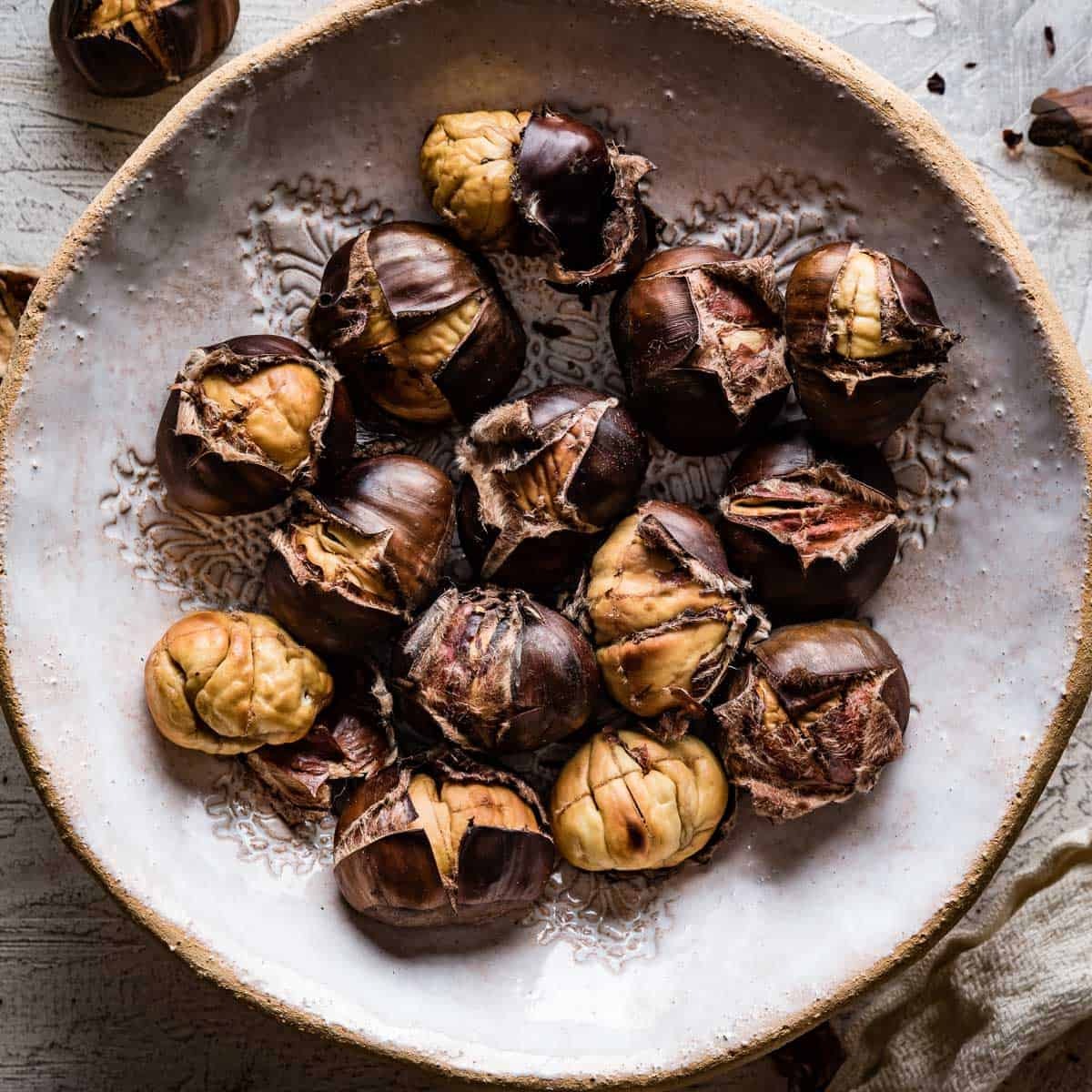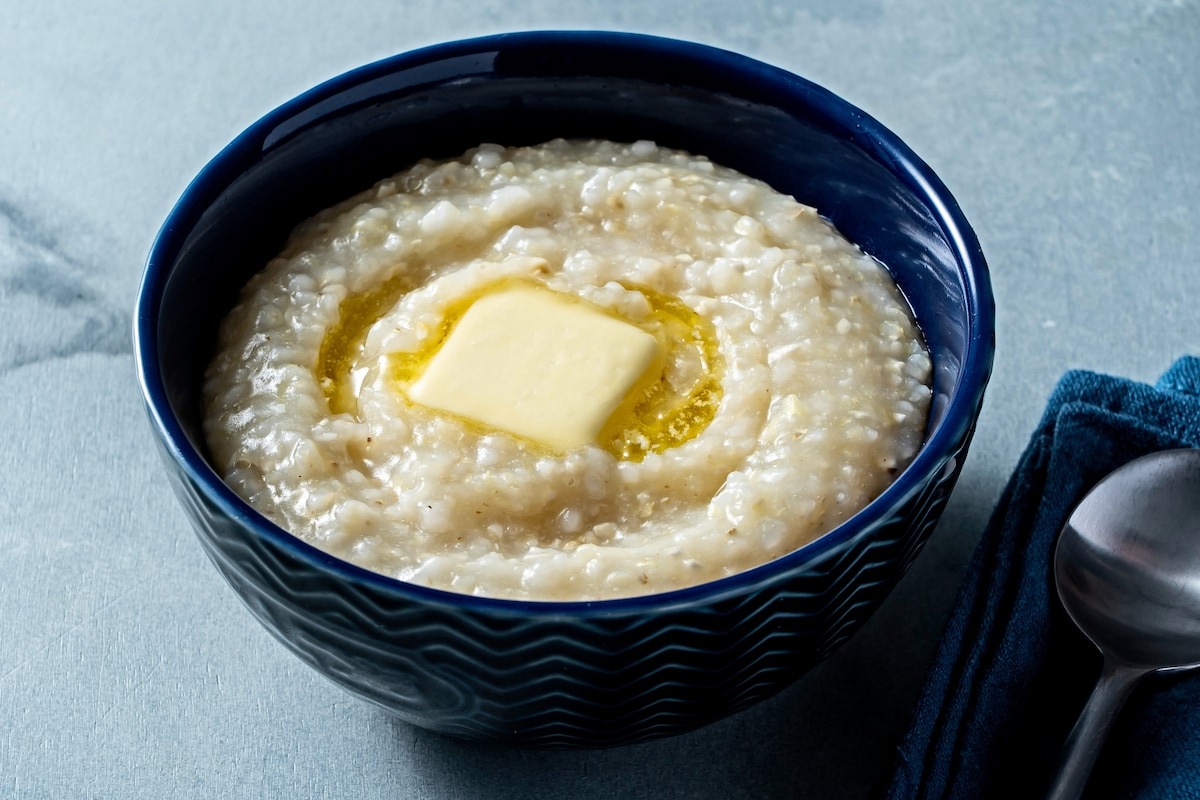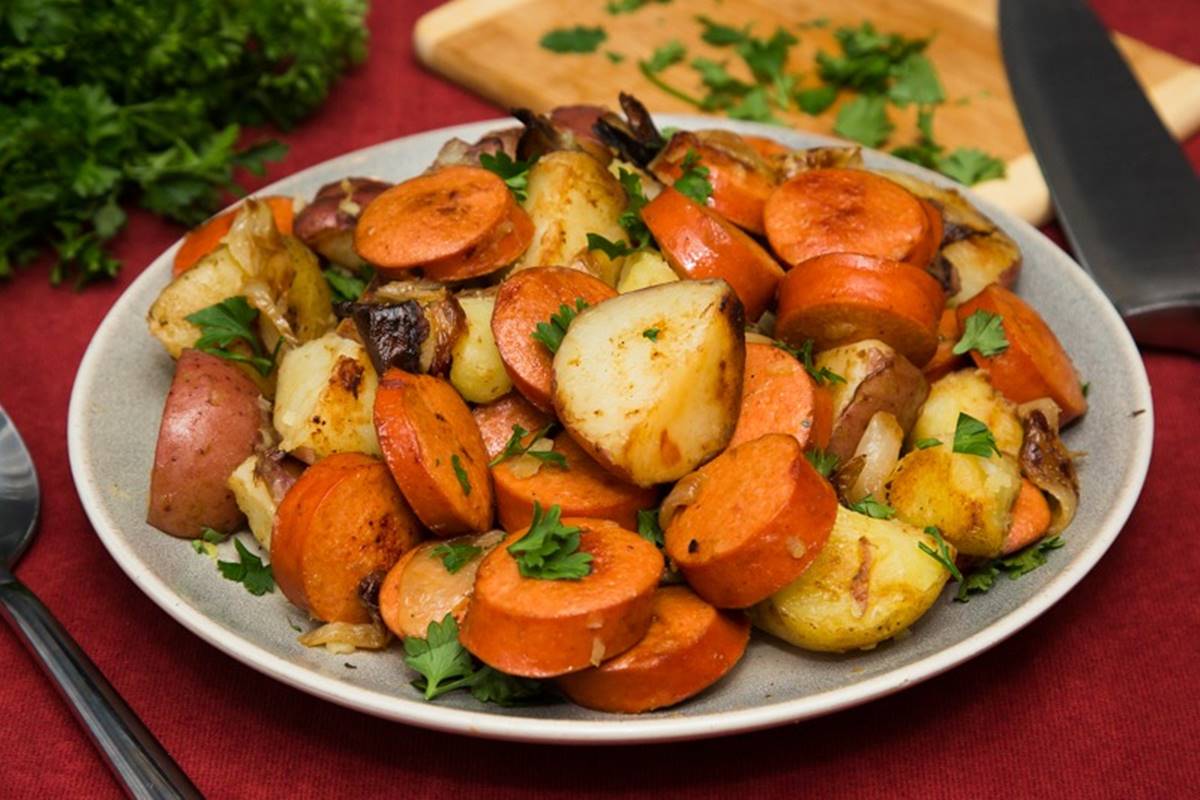How To Cook Fresh Spinach In The Microwave
Spinach is a versatile and nutrient-rich leafy green vegetable that can be enjoyed in a variety of dishes. While stove-top cooking is the traditional method for preparing spinach, using the microwave can be a quick and convenient alternative. In this article, we will guide you through the steps to cook fresh spinach in the microwave, ensuring that you retain its vibrant color and maximum nutritional value.
Step 1: Prep and Wash
Start by selecting fresh spinach leaves from your local market or grocery store. Look for bright green leaves without any signs of wilting or discoloration. Once you have the fresh spinach at hand, it’s time to give it a thorough wash.
- Fill a bowl or sink with cold water.
- Place the spinach leaves in the water and swish them around to remove any dirt or debris.
- Take out the spinach leaves and rinse them under running water.
- Gently pat them dry with a clean kitchen towel or paper towels.
Step 2: Season and Arrange
Now that your spinach leaves are clean and dry, it’s time to add some flavor and seasonings to enhance their taste.
- Place the spinach leaves in a microwave-safe dish. Ensure that the dish is large enough to accommodate the spinach without overcrowding.
- Sprinkle some salt and black pepper over the spinach to taste. You can also add a dash of garlic powder or any other preferred herbs and spices.
Step 3: Microwave Cooking
With the spinach leaves prepped and seasoned, it’s time to cook them in the microwave. Follow these steps for optimal results:
- Cover the dish with a microwave-safe lid or microwave-safe plastic wrap, leaving a small vent for steam to escape.
- Microwave on high for 2-3 minutes, depending on the quantity of spinach. Cooking times may vary, so keep a close eye to prevent overcooking.
- After the initial cooking time, carefully remove the dish from the microwave using oven mitts or a towel, as it will be hot.
- Give the spinach a gentle toss or stir to ensure even cooking and distribute the seasonings.
- If the spinach still looks slightly raw, microwave for an additional 30 seconds to 1 minute, checking for desired tenderness.
Step 4: Enjoy and Serve
Your spinach is now beautifully cooked and ready to be enjoyed. Here are a few ideas on how to best serve your microwave-cooked spinach:
- As a simple side dish: Serve the cooked spinach as a flavorful accompaniment to your favorite protein, such as grilled chicken or pan-seared fish.
- In salads: Add the microwave-cooked spinach to your salads for an extra burst of vitamins and minerals.
- In pasta dishes: Stir the cooked spinach into cooked pasta along with some olive oil, garlic, and parmesan cheese for a delicious and nutritious pasta dish.
- In omelets or frittatas: Fold the cooked spinach into your morning omelets or frittatas, adding color and flavor to your breakfast.
The microwave method allows you to cook fresh spinach quickly and efficiently without losing its nutritional benefits. So the next time you’re craving some spinach goodness, give the microwave a try and discover a new way to enjoy this healthy and versatile vegetable.
Remember, practice and adjust cooking times based on your microwave’s power levels to achieve the perfect texture for your spinach. Happy cooking!
For those looking to put their microwave spinach cooking skills to the test, there are several recipes that can highlight this technique beautifully. Spinach and Feta Stuffed Chicken Breast is a fantastic option, offering a delightful mix of flavors that are sure to impress. Another great choice is the Creamy Spinach Dip, perfect for parties or as a snack. If pasta is more your style, try the Spinach and Ricotta Stuffed Shells for a comforting meal. Spinach and Mushroom Quiche is another excellent recipe that can showcase the deliciously tender spinach you’ve just cooked. Finally, for a quick and nutritious breakfast, the Spinach and Cheese Omelet is a must-try.
Was this page helpful?
Read Next: How To Cook Baby Potatoes In The Microwave
